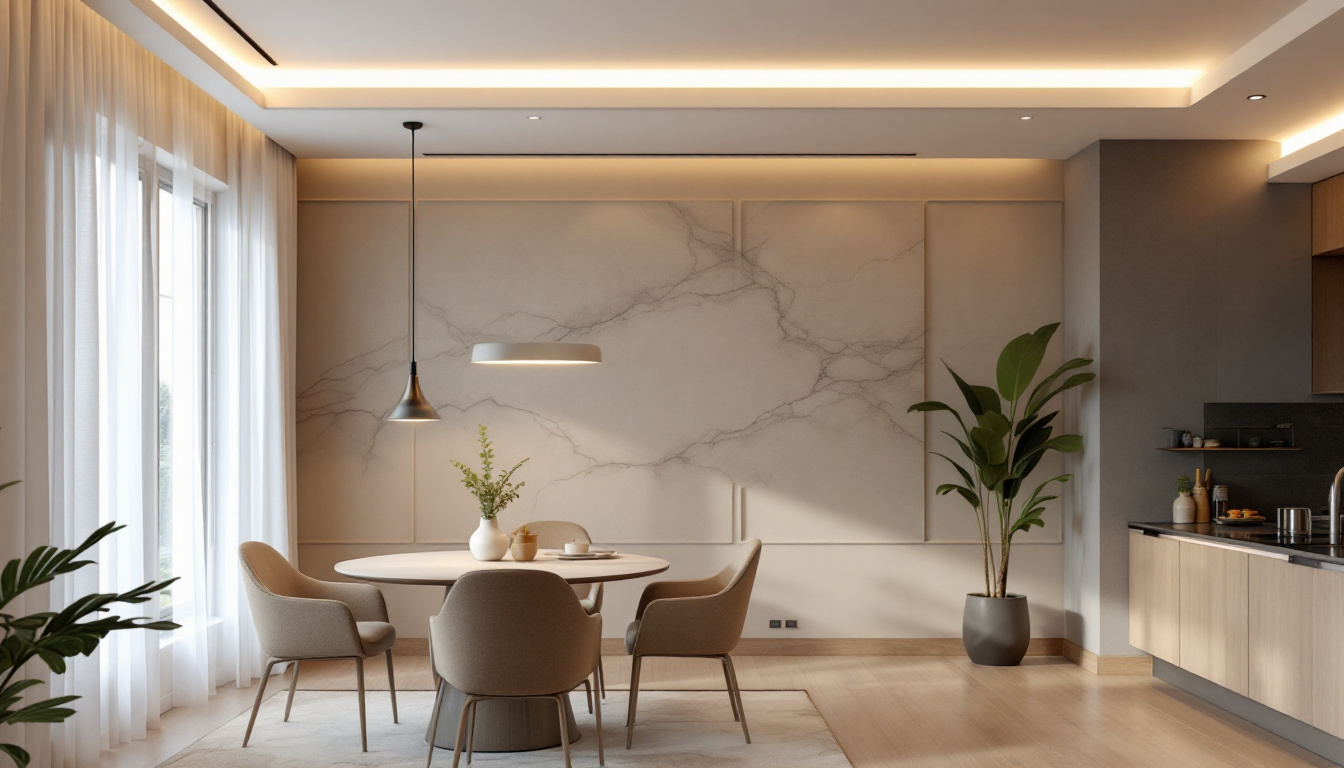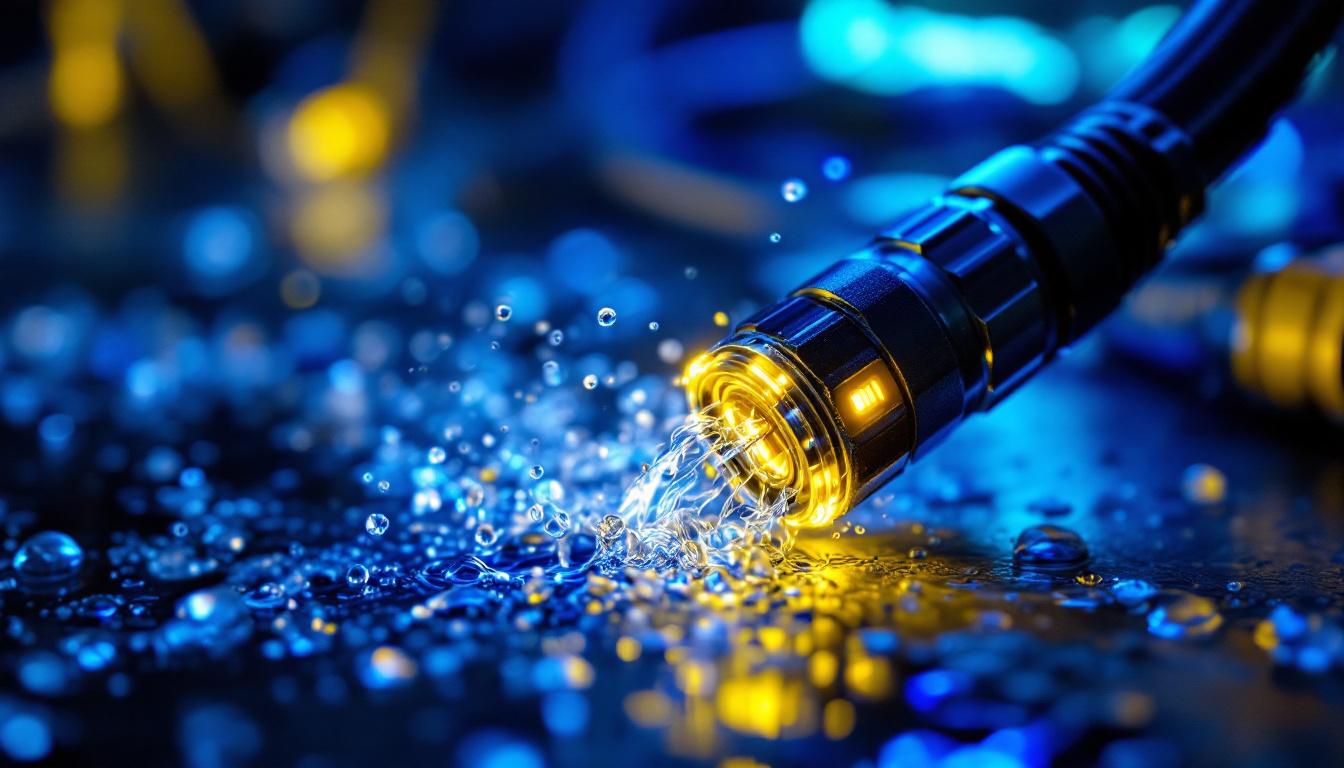
In the ever-evolving world of lighting technology, LED light bulbs have emerged as a game-changer for both residential and commercial applications. For lighting contractors, understanding the nuances of LED technology is essential not only for improving client satisfaction but also for staying competitive in the market. This article provides expert insights into LED light bulbs, covering their advantages, types, installation tips, and future trends that every lighting contractor should be aware of.
LED, or Light Emitting Diode, technology has transformed the way we illuminate spaces. Unlike traditional incandescent or fluorescent bulbs, LEDs utilize a semiconductor to convert electricity into light. This fundamental difference leads to various advantages that are particularly appealing to both contractors and clients.
One of the most significant benefits of LED light bulbs is their energy efficiency. They consume up to 80% less energy than traditional incandescent bulbs, which translates into lower electricity bills for clients. This efficiency not only benefits the environment by reducing carbon footprints but also appeals to clients looking for sustainable solutions. Furthermore, the reduced energy consumption means that less strain is placed on power grids, contributing to a more stable energy supply. As cities and municipalities look to reduce their energy usage, LED technology becomes a crucial component in achieving these goals.
LED bulbs boast an impressive lifespan, often lasting up to 25,000 hours or more. This longevity reduces the frequency of replacements, which is a significant advantage for both contractors and clients. Additionally, LEDs are more durable than traditional bulbs, as they are less likely to break and can withstand harsher conditions, making them suitable for various applications. Their resilience makes them ideal for outdoor lighting, where exposure to weather elements can be a concern. This durability not only enhances safety by minimizing the risk of bulb failure but also reduces maintenance costs for businesses and homeowners alike.
Another crucial aspect of LED technology is the quality of light they produce. LEDs offer a range of color temperatures, allowing contractors to create the desired ambiance in any space. From warm whites that create a cozy atmosphere to cool whites that enhance productivity, the versatility of LED lighting can meet diverse client needs. Moreover, advancements in LED technology have led to the development of tunable white and RGB (red, green, blue) LEDs, which can be adjusted to achieve specific lighting effects or moods. This adaptability makes LEDs an excellent choice for settings such as restaurants, art galleries, and homes, where lighting plays a pivotal role in the overall experience.
In addition to their energy efficiency and longevity, LEDs also have a positive environmental impact due to their reduced use of hazardous materials. Unlike fluorescent bulbs, which contain mercury, LEDs are free from toxic substances, making them safer for both consumers and the environment. Their lower energy consumption further contributes to a decrease in greenhouse gas emissions, aligning with global efforts to combat climate change. As more individuals and organizations become aware of their ecological footprint, the shift towards LED technology represents a proactive step towards sustainability.
While the initial investment in LED lighting may be higher than that of traditional bulbs, the long-term savings are undeniable. With their extended lifespan and reduced energy consumption, clients often see a return on investment within a short period. Additionally, many governments and organizations offer incentives or rebates for switching to energy-efficient lighting solutions, further enhancing the cost-effectiveness of LEDs. This financial viability, combined with their environmental benefits, positions LED technology as a smart choice for modern lighting needs.
As the demand for LED lighting grows, so does the variety of LED light bulbs available on the market. Understanding the different types can help contractors make informed recommendations to their clients.
Standard LED bulbs are designed to replace traditional incandescent bulbs and are available in various shapes and sizes. They are suitable for general lighting applications, making them a go-to choice for many residential and commercial projects. Contractors should be familiar with the wattage equivalencies to guide clients in selecting the right bulb for their needs. Additionally, standard LED bulbs come in different color temperatures, ranging from warm white to cool daylight, allowing clients to create the desired ambiance in their spaces. This versatility is particularly beneficial in settings such as living rooms, kitchens, and offices, where lighting can significantly influence mood and productivity.
Directional LED bulbs, such as PAR (Parabolic Aluminized Reflector) and MR (Multifaceted Reflector) bulbs, are ideal for applications requiring focused light, such as track lighting or recessed fixtures. These bulbs direct light precisely where it is needed, enhancing the effectiveness of the lighting design. Moreover, directional LED bulbs are often used in accent lighting to highlight artwork or architectural features, adding depth and interest to a room. Their energy efficiency and longer lifespan compared to traditional halogen bulbs make them a cost-effective solution for both residential and commercial applications, where maintenance and replacement costs can add up over time.
With the rise of smart home technology, smart LED bulbs have gained popularity. These bulbs can be controlled remotely via smartphones or smart home systems, allowing users to adjust brightness, color, and schedules. For contractors, recommending smart LED options can enhance the overall value of their lighting installations and appeal to tech-savvy clients. Furthermore, many smart LED bulbs offer features such as integration with voice assistants, enabling users to control their lighting with simple voice commands. This level of convenience not only improves the user experience but also promotes energy savings by allowing homeowners to set schedules or timers, ensuring lights are only on when needed. As energy efficiency becomes increasingly important, the ability to monitor and control lighting remotely can lead to significant reductions in energy consumption and costs.
Proper installation is key to maximizing the benefits of LED light bulbs. Here are some expert tips for lighting contractors to consider when installing LED fixtures.
Before installation, it is crucial to check the compatibility of LED bulbs with existing fixtures and dimmers. Not all LED bulbs work seamlessly with older dimming systems, which can lead to flickering or reduced performance. Contractors should recommend compatible dimmers or suggest replacing outdated systems to ensure optimal functionality.
LEDs generate less heat than traditional bulbs, but they still require proper heat management to maintain their lifespan. When installing recessed lighting or fixtures in enclosed spaces, ensure adequate ventilation to prevent overheating. This consideration is vital for maintaining the longevity and efficiency of the LED bulbs.
Adhering to local electrical codes is essential for any lighting installation. Contractors should ensure that all wiring and fixtures meet safety standards to avoid potential hazards. This diligence not only protects clients but also enhances the contractor’s reputation for quality work.
Despite the growing popularity of LED technology, several misconceptions persist. Addressing these can help contractors educate their clients and enhance their credibility.
While the initial cost of LED bulbs may be higher than traditional options, the long-term savings from reduced energy consumption and longer lifespan make them a cost-effective choice. Contractors should emphasize the return on investment clients can expect over time.
Some clients may believe that LED lighting produces a harsh, cold light. However, LEDs are available in a wide range of color temperatures, including warm whites that mimic traditional incandescent bulbs. Educating clients about these options can help dispel this myth and encourage them to consider LED solutions.
Not all LED bulbs are created equal. Variations in quality, brightness, and color rendering can significantly impact performance. Contractors should recommend reputable brands and educate clients on how to choose high-quality LED products for their specific needs.
The LED lighting industry is continuously evolving, with new technologies and trends emerging regularly. Staying informed about these developments can help contractors remain competitive and provide cutting-edge solutions to their clients.
Human-centric lighting focuses on the impact of light on human well-being. This approach considers factors such as circadian rhythms and mood enhancement. As awareness of the importance of lighting on health grows, contractors may find opportunities to integrate human-centric lighting solutions into their projects.
The Internet of Things (IoT) is increasingly influencing the lighting industry. Smart LED systems that communicate with other devices are becoming more common, offering enhanced control and automation. Contractors should explore how these technologies can be integrated into their installations to meet the demands of modern clients.
As sustainability becomes a priority for many clients, the demand for eco-friendly lighting solutions is on the rise. Contractors should stay informed about advancements in sustainable materials and energy-efficient technologies to offer clients environmentally responsible options.
LED light bulbs represent a significant advancement in lighting technology, offering numerous benefits for both contractors and clients. By understanding the intricacies of LED technology, the various types of bulbs available, and the best practices for installation, lighting contractors can provide exceptional service and solutions that meet the evolving needs of their clients.
As the industry continues to evolve, staying informed about trends and dispelling common misconceptions will further enhance a contractor’s reputation and success. Embracing the advantages of LED lighting not only benefits the environment but also positions contractors as leaders in the field of lighting design and installation.
Ready to elevate your lighting game? Look no further than LumenWholesale for all your LED lighting needs. Our extensive selection of spec-grade lighting products is designed to meet the highest industry standards, ensuring you deliver exceptional quality to your clients. Say goodbye to inflated markups and hello to unbeatable wholesale prices, free shipping, and the convenience of bulk buying. Don’t compromise on quality or value—choose LumenWholesale and make every project shine. Discover our premium lighting solutions and take advantage of the best value in wholesale lighting today by visiting Wholesale Lighting at the Best Value.

Discover how recessed light adapters are revolutionizing the workflow for lighting contractors.

Discover how to transform your dining room with LED flat ceiling lights by optimizing for maximum efficiency.

Discover the latest trends in motion light LED technology that every lighting contractor needs to know.

Discover essential insights on waterproof cable connectors tailored for lighting contractors.